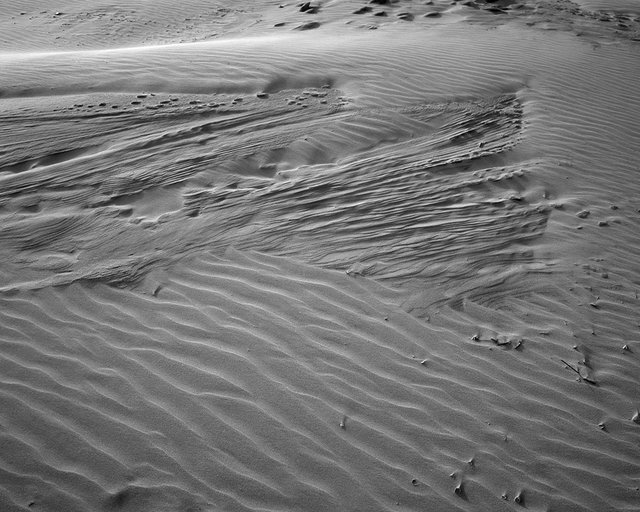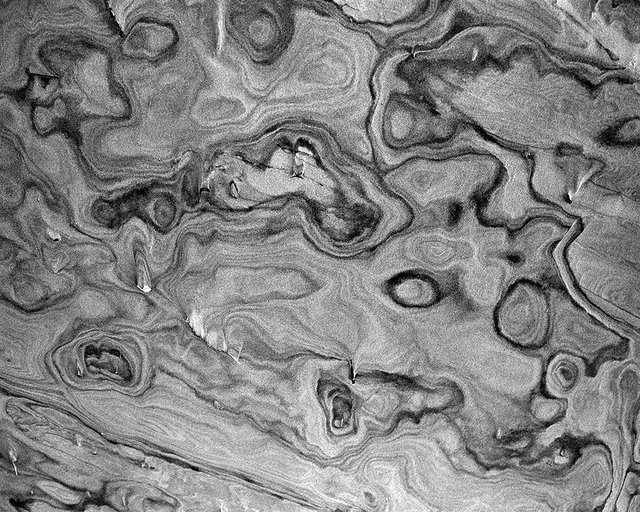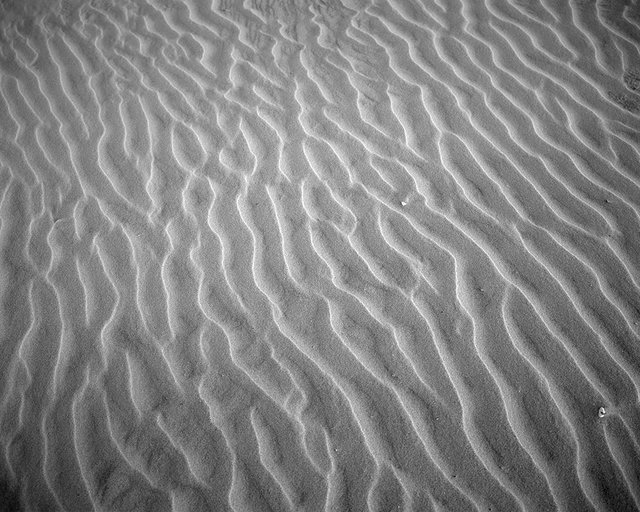August #2, 2018
Ernesto R. Gómez 25 x 19” organic powder charcoal on green Ingres Canson paper floated in custom oak frames
August #2, 2017
Ernesto R. Gómez 19 x 25” organic powder charcoal on green Ingres Canson paper floated in custom oak frames
August #2, 2019
Ernesto R. Gómez 19 x 25” organic powder charcoal on green Ingres Canson paper floated in custom oak frames
August #1, 2018
Ernesto R. Gómez 19 x 25” organic powder charcoal on green Ingres Canson paper floated in custom oak frames
August #3, 2018
Ernesto R. Gómez 25 x 19” organic powder charcoal on green Ingres Canson paper floated in custom oak frames
August #1, 2019
Ernesto R. Gómez 19 x 25” organic powder charcoal on green Ingres Canson paper floated in custom oak frames
August #1, 2017
Ernesto R. Gómez 25 x 19” organic powder charcoal on green Ingres Canson paper floated in custom oak frames
August #3, 2019
Ernesto R. Gómez 25 x 19” organic powder charcoal on green Ingres Canson paper floated in custom oak frames
Wind and Rhythm Grid
Emily J. Gómez Nine 16" x 20" Archival Pigment Prints (22" x 26" each framed)
Wind and Rhythm #1, 2016
Emily J. Gómez 16" x 20" Archival Pigment Print (22" x 26" framed)
Wind and Rhythm #2, 2016
Emily J. Gómez 16" x 20" Archival Pigment Print (22" x 26" framed)
Wind and Rhythm #3, 2016
Emily J. Gómez 16" x 20" Archival Pigment Print (22" x 26" framed)
Wind and Rhythm #4, 2016
Emily J. Gómez 16" x 20" Archival Pigment Print (22" x 26" framed)
Wind and Rhythm #5, 2016
Emily J. Gómez 16" x 20" Archival Pigment Print (22" x 26" framed)
Wind and Rhythm #6, 2016
Emily J. Gómez 16" x 20" Archival Pigment Print (22" x 26" framed)
Wind and Rhythm #7, 2016
Emily J. Gómez 16" x 20" Archival Pigment Print (22" x 26" framed)
Wind and Rhythm #8, 2016
Emily J. Gómez 16" x 20" Archival Pigment Print (22" x 26" framed)
Wind and Rhythm #9, 2016
Emily J. Gómez 16" x 20" Archival Pigment Print (22" x 26" framed)

















